Klenteng Gondomanan in Yogyakarta Conducts Purification Ritual for Imlek Celebration
(Yogyakarta, Indonesia) - In preparation for the upcoming Imlek celebration, Klenteng Fuk Ling Mau, also known as Klenteng Gondomanan, in Yogyakarta has conducted a purification ritual for the statues of gods and goddesses. The temple, which is one of the main centers for Imlek celebrations in Yogyakarta, has also made various other preparations, including cleaning the temple, preparing the altar, and arranging for large candles.
According to Angling Widjaya, Chairman of the Klenteng Gondomanan Management, the preparations for Imlek have been carried out by more than 50 people, including management, volunteers, and members of various communities. "We have cleaned the environment, set up the altar, prepared large candles, and conducted the purification ritual for the statues of gods and goddesses. We are assisted by around 50 volunteers from various communities, and we conduct this purification ritual every year before Imlek," he explained.
Klenteng Gondomanan has around 25 statues of gods and goddesses, with the main one being the God of Earth. The temple was built in 1907 during the reign of Sultan HB VII. According to Angling, the temple's original name was Hok Tik Bio, and it was founded in 1907 by a Chinese major named Yap Ping Liem. Klenteng Gondomanan is located on Jalan Brigjen Katamso No. 3, Gondomanan, Yogyakarta, and is a cultural heritage site protected by the government.
The temple has a long and complex history. During the reign of Sultan Hamengkubuwono VII, the Chinese community requested permission to build a place of worship, and the palace granted them a plot of land measuring 1,150 square meters. The temple was then built and inaugurated in 1907. "As Imlek 2025 approaches, Klenteng Gondomanan is expected to be crowded with visitors from the Tridharma community and tourists who want to celebrate the Chinese New Year. The temple will hold various activities and rituals to celebrate Imlek, including lion dances, angpao distribution, and other religious rituals," added Angling.
In addition to its cultural significance, Klenteng Gondomanan also offers a unique blend of Chinese and Javanese architecture and decoration. The temple's building has a curved roof and is adorned with beautiful carvings. Inside the temple, there are various altars and statues of Chinese gods and goddesses, as well as decorations and ornaments that are characteristic of Imlek.
Angling noted that Klenteng Gondomanan is the oldest temple in Yogyakarta and is a symbol of religious tolerance. The temple's architecture is a blend of Chinese and Javanese styles, with Chinese influences evident in the writings, statues, and ornaments, while the Javanese influence can be seen in the roof's design, which features a "sumur langit" (a type of roof ornament). The temple's uniqueness lies in the presence of a pair of Naga Lanfit facing the Mutiara Api, as well as the use of red and yellow colors, which symbolize harmony.
For the Chinese community, the purification ritual for the statues of gods and goddesses is a way of showing respect and seeking blessings for the upcoming year. "The name Klenteng Fuk Ling Mau itself comes from three words: Miau, which means temple, Fuk, which means blessing, and Ling, which means infinite, so it has the meaning of a temple full of infinite blessings," concluded Angling. (Raya Sanjiwani)
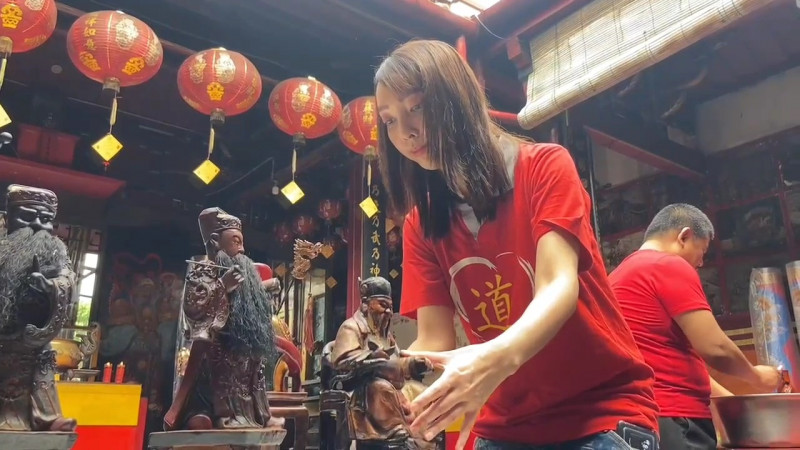
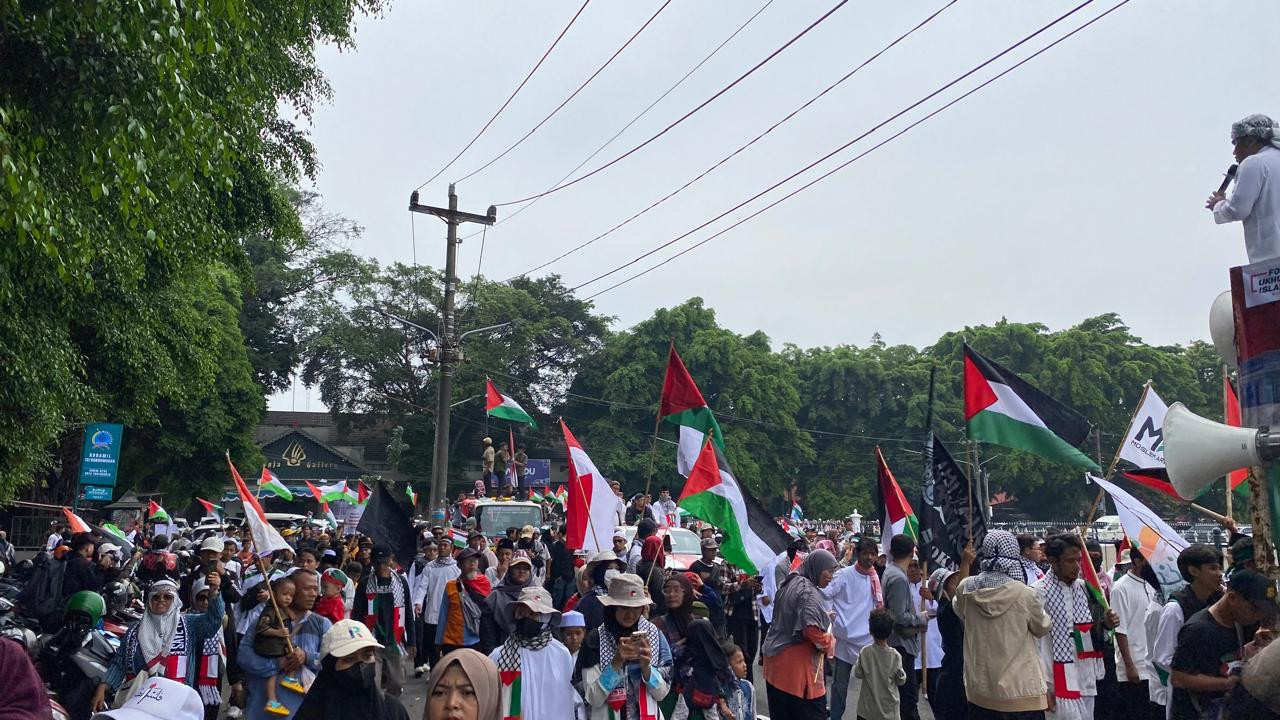
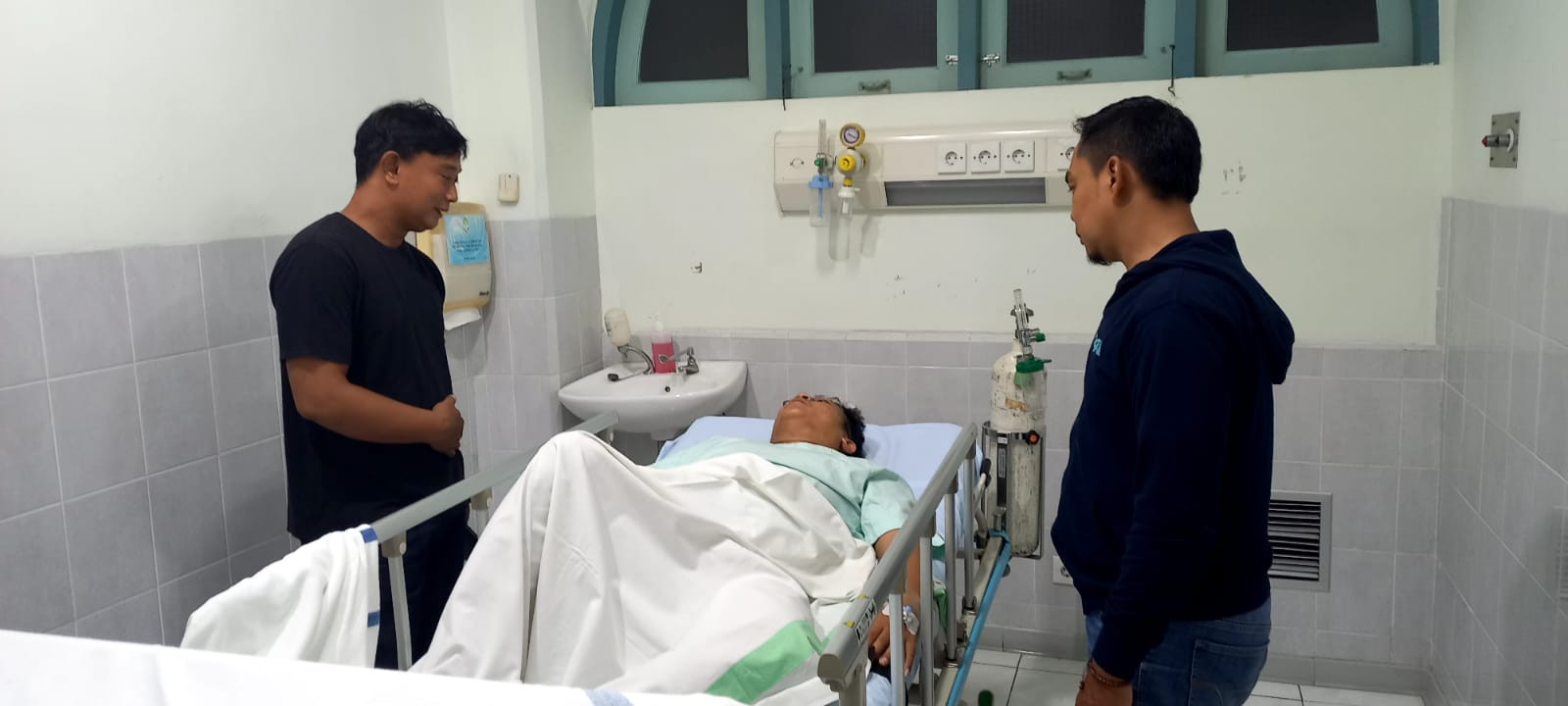
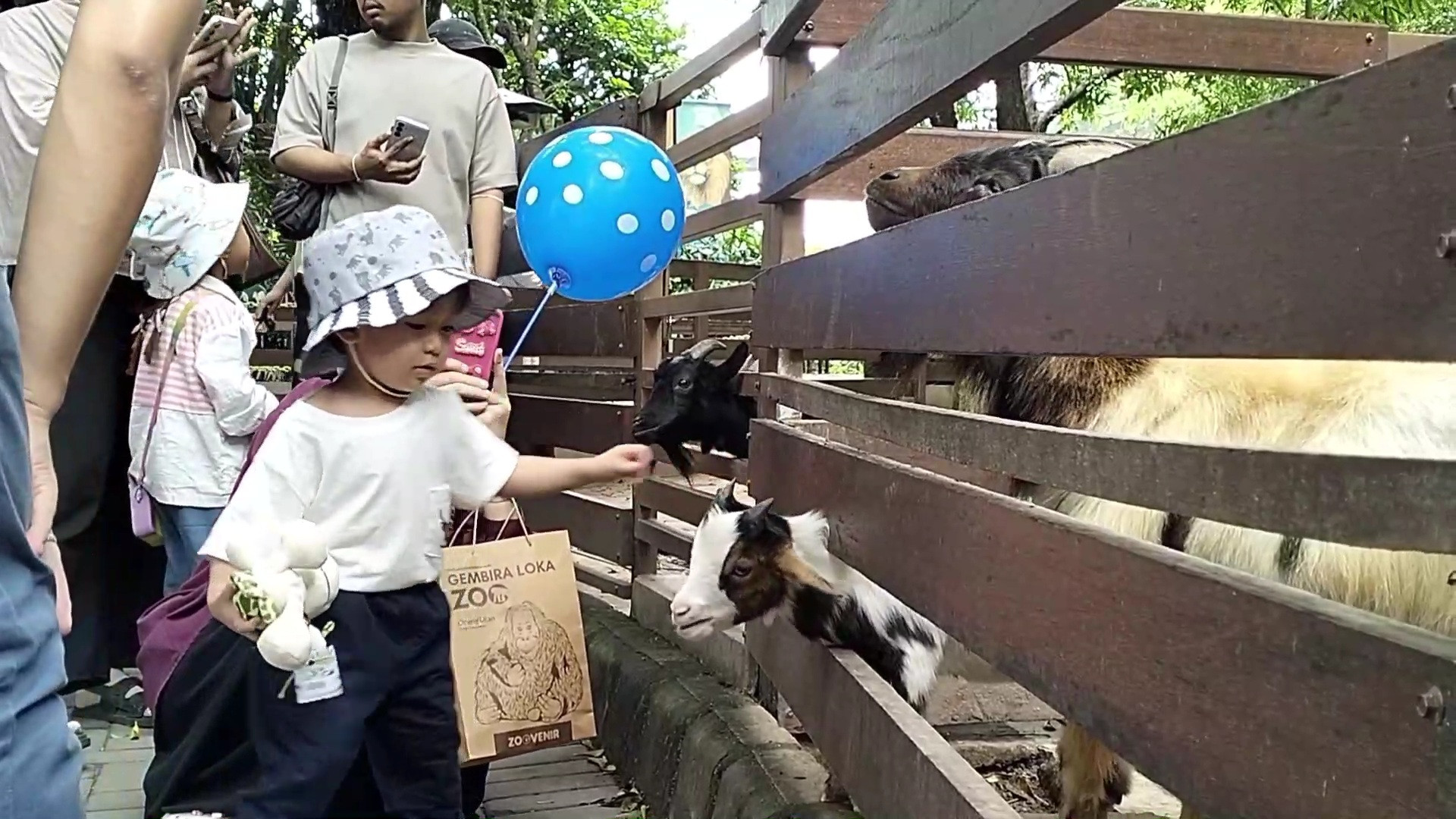
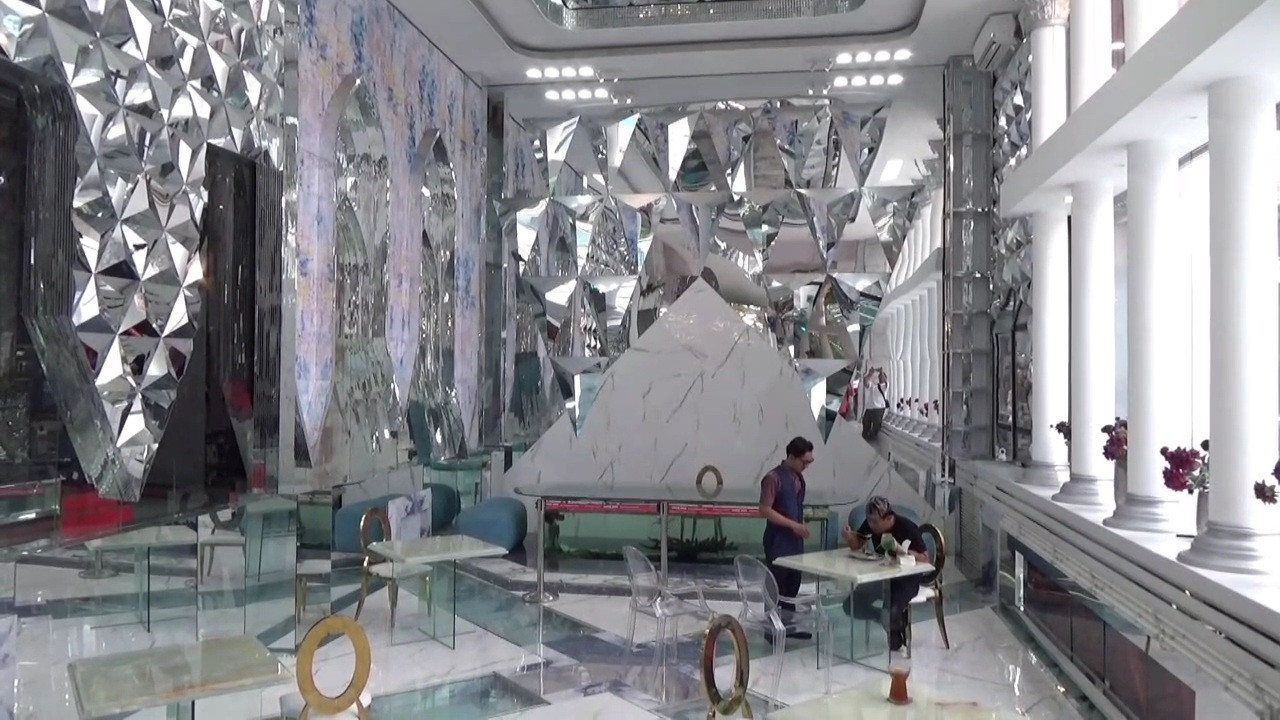
0 Comment